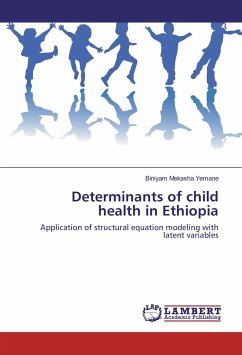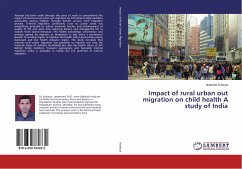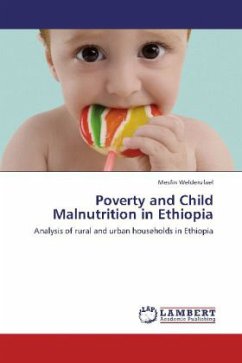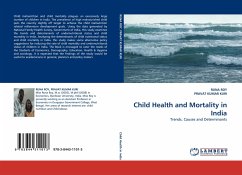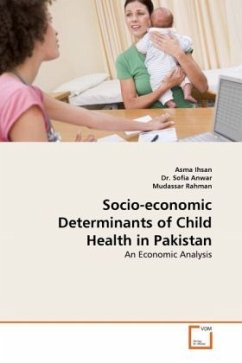Child health has become a key indicator of economic development. Among the eight Millennium Development Goals (MDGs) that were adopted by the 189 members of the United Nations (UN) in 2000, at least four are directly related to child health or nutritional status. In addition to being a development indicator itself, child health is also closely associated with other development indicators, such as adult health, educational attainment, productivity, and income. It is an important determinant of adult productivities and earning; representing an important channel of intergenerational socioeconomic mobility. It is also recognized that health is a variable inherently unobservable and if observed has many measurement errors. This study used the special case of Structural Equation Models with latent variables known as the Multiple Indicators and Multiple Causes (MIMIC) model to investigate the determinants of child health and avoid the problem of health unobservability by employing threeindicators. The novelty of the empirical analysis is the simultaneous estimation of equations for both permanent and transitory health using cross-sectional designs.
